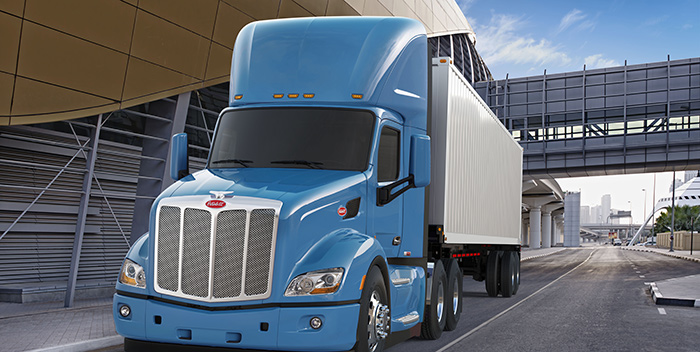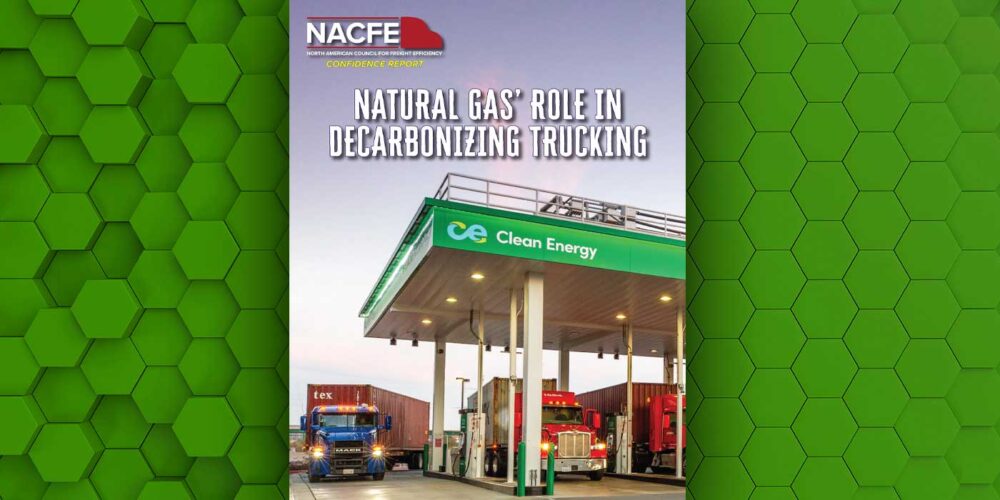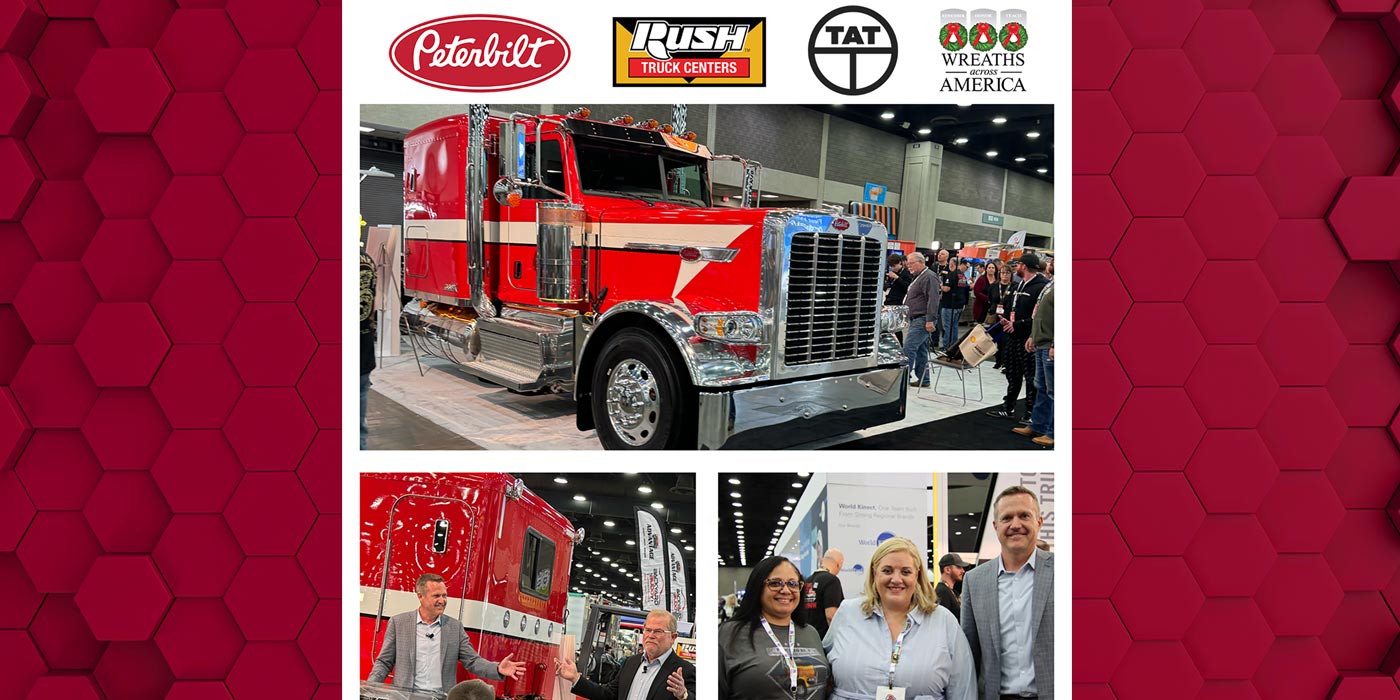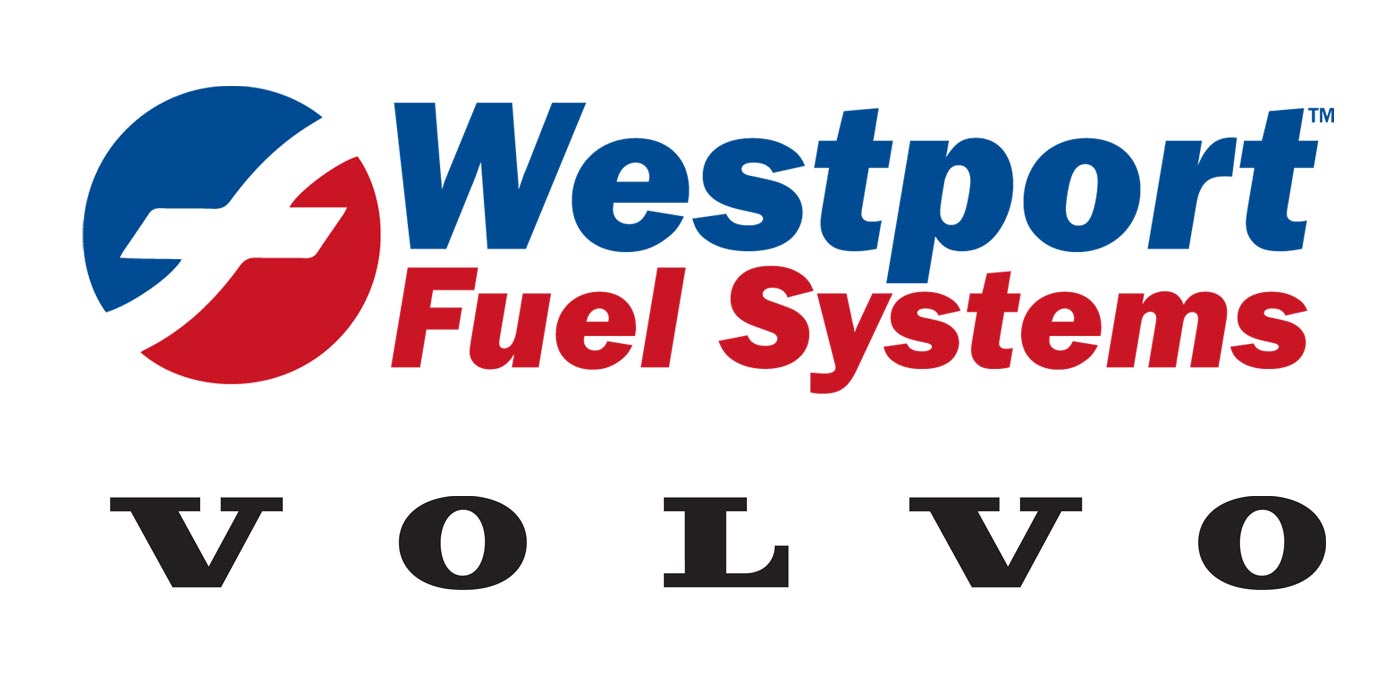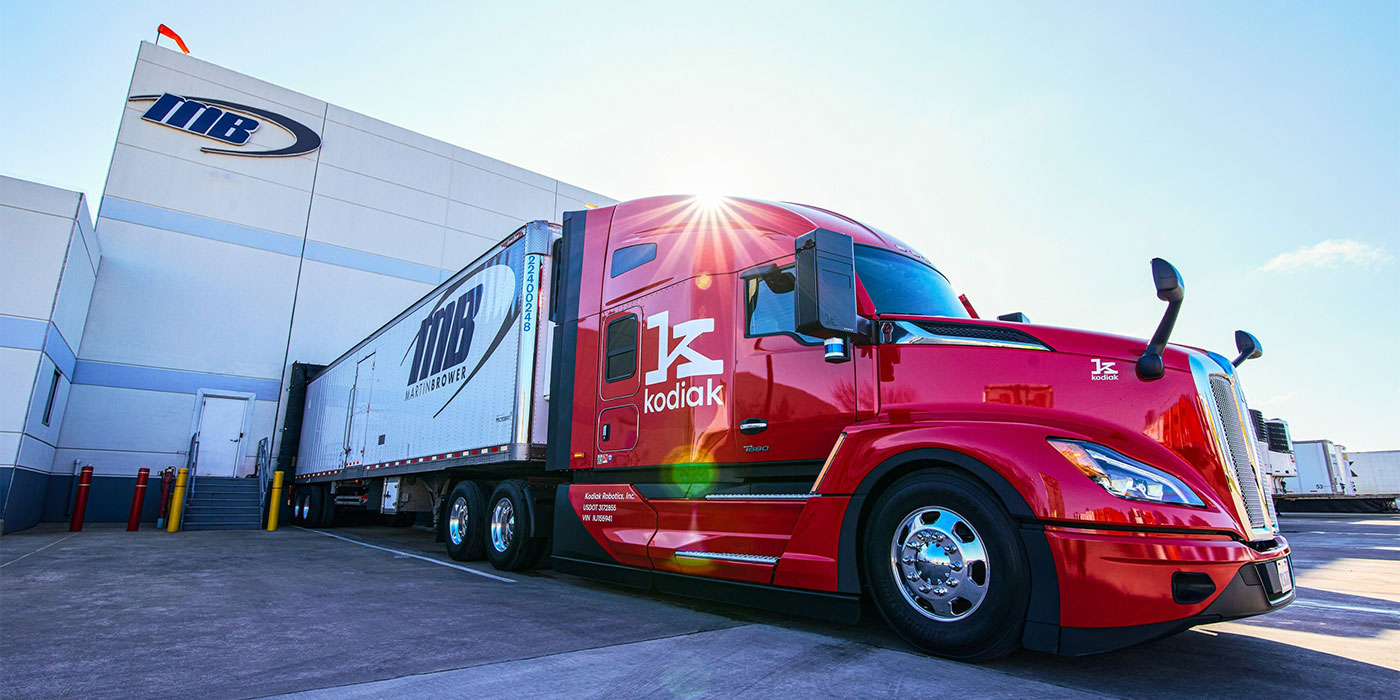From the introduction of new equipment to refinement of current offerings, Peterbilt Motors Co. continues to evolve its heavy-duty offerings through increased efficiency and productivity thanks to a deeper integration of systems and components. The biggest step forward, in terms of integration, comes in the form of the new PACCAR 40,000-lb. tandem drive axle, which will be standard for Peterbilt’s Model 579 spec’d for line-haul applications.
“Certainly, over the last few years, Peterbilt has looked at the powertrain as a key area where we can provide our customers with greater value by improving fuel economy, reducing weight, extending
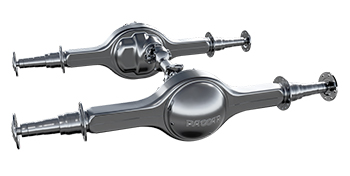
service intervals and increasing reliability,” said Jorge Medina, Peterbilt’s director of marketing. “PACCAR took the next natural step in developing the PACCAR axle, which is optimized for MX engines. This integrated powertrain brings Peterbilt customers greater efficiency, productivity and uptime. The design and quality of the 2017 PACCAR MX engines and PACCAR axle result in lower overall cost of ownership.”
Rated at 40,000 lbs., the PACCAR axle has a gross combination weight of 80,000 lbs. and is aimed at line-haul, regional haul and pick-up and delivery applications. Additionally, it will be available in ratios from 2.47 to 3.70 and can be used with straight torque engines up to 1,650 ft./lb. and multi-torque engines up to 1,750 ft./lb. According to PACCAR, it is the lightest-weight axle in its class, saving up to 150 lbs.
“Currently, the PACCAR axle has more than 1.5 million road-test miles, in addition to extensive computer simulations and comprehensive testing in the purpose-built powertrain lab cell at the PACCAR Technical Center,” Medina explained. “Prior to launch, there will be hundreds of validation trucks equipped with the PACCAR axle operating in a full range of real-world conditions throughout North America.”
Driving the axle will be the 2017 MX-13 or MX-11 PACCAR engine, both of which have seen improvements that increase fuel efficiency and meet the latest round of GHG requirements. The 12.9 liter
PACCAR MX-13 engine is now available with up to 510 HP and 1,850 lb./ft. of torque. The 10.8 liter MX-11 engine is available with a new 335 HP and 1,150 lb./ft. torque rating. The PACCAR MX engines achieve peak torque at 900 RPM for the majority of engine ratings.
Both the 2017 PACCAR MX-13 and MX-11 include a new single cylinder air compressor, variable displacement pump and variable speed coolant pump. The engines tout a B10 life of one million miles, meaning 90% of the engines are expected to reach one million miles without the need for a major overhaul. Additionally, Medina explained that the new single-canister aftertreatment system improves serviceability, extends service intervals and reduces weight by up to 100 lbs. while opening up additional spec’ing options and configurations thanks to the compact design.
“The PACCAR engine has proven itself in the market and is hugely successful for Peterbilt, now accounting for more than 50% of our Class 8 production,” Medina said. “As we continue to develop new technologies to deliver even better fuel efficiency and reliability, the powertrain will remain a key area of focus. We have great supplier partners that we partner with to develop and integrate those technologies. Whatever represents the highest-quality solution for our customers with the best fuel economy and the best reliability, that’s where we’ll go.”

